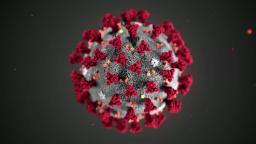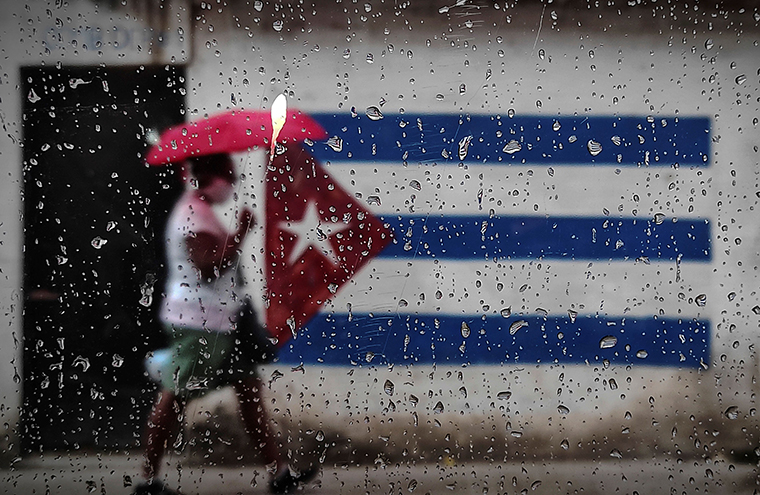
Black residents are significantly more likely than White residents to live more than a mile from the closest vaccination facility, according to an analysis measuring barriers to vaccine access.
The analysis released Thursday by the University of Pittsburgh School of Pharmacy and West Health Policy Center is an update to the open-access VaxMap, which was created in December to measure vaccination facility density and driving distance of all residents to locations where Covid-19 vaccines will be administered.
Researchers analyzed 69 counties across the US. These counties are especially concentrated in Georgia, Missouri, Louisiana, Virginia, Texas and Alabama. A third of them are in urban areas, including Atlanta, Dallas-Fort Worth, Houston, Detroit, New Orleans and New York City.
Coming off the heels of the CDC’s report this week that only 5% of Covid-19 vaccine recipients in the first month of the rollout have been Black, the study’s authors hope the findings “will equip the new administration and state and county governments with information about where greater support is needed.”
Nearly three-quarters of the counties with these racial disparities in vaccine access also have a high rate of new Covid-19 infections with a daily average of more than 50 new cases per 100,000 during November 2020 to January 2021, the analysis found.
Black people are less likely than White people to live near a pharmacy, clinic, hospital or health center that can administer Covid-19 vaccines, the researchers said.
“Pharmacies should be easy to access, but in some places there’s low capacity or low density, and the flood gates are opening,” said Lucas Berenbrok, Pharm.D., assistant professor at the Pitt School of Pharmacy and first author of the study. “When barriers are present, like driving times, there needs to be a plan to reach those people. We can’t forget about them.”
You may also like
-
UK coronavirus variant has been reported in 86 countries, WHO says
-
NASA technology can help save whale sharks says Australian marine biologist and ECOCEAN founder, Brad Norman
-
California Twentynine Palms: Explosives are missing from the nation’s largest Marine Corps base and an investigation is underway
-
Trump unhappy with his impeachment attorney’s performance, sources say
-
Lunar New Year 2021: Ushering in the Year of the Ox

